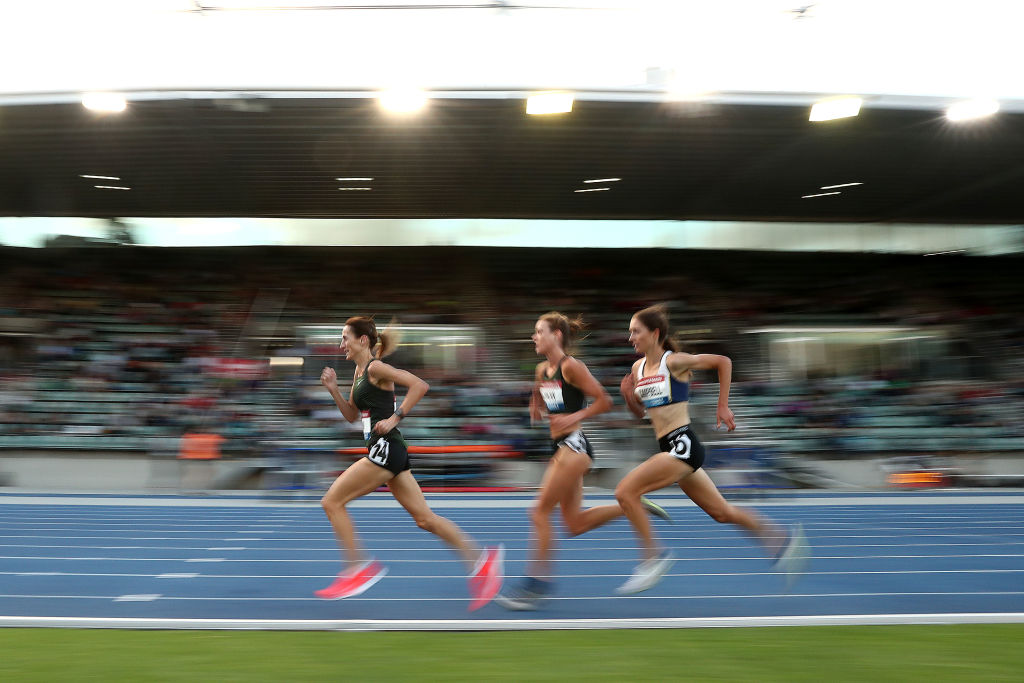Seasoned runners will be fully aware of the sheer amount of annoying injuries which can be sustained throughout the course of the year. These aches and pains can be incredibly frustrating and disheartening, particularly if you’re mid-way through a training period. Calf injuries are all too frequent amongst the running community and, unfortunately, they have the potential to put you out of action for up to twelve weeks. If you wish to avoid succumbing to this most irksome of ailments, there are several things you must do in order to reduce your chances of suffering a strain, pull or tear.
Like biking, running and jogging are good for your calves and thighs. Because they’re weight-bearing exercises, they strengthen bones to help protect against osteoporosis. https://t.co/Y0fywG4IkF pic.twitter.com/oQV2H5lqMv
— WebMD (@WebMD) November 3, 2019
Don’t Make Too Many Unnecessary Changes
Injuries can be sustained from a sudden change in routine. Runners who significantly increase their distance or who suddenly switch gradients without the requisite practice are most at risk. Likewise, those who alternative between footwear tend to be more prone to soreness whereas it can take a couple of weeks to fully complete the bedding in process for a new pair of trainers. Fluctuating between different surfaces such as concrete and turf has also been known to have a negative impact.
Generally speaking, once you’re in a routine, it’s strongly advised to stick to it as closely as possible. If you’re thinking of extending your route, build it up slowly by adding an extra couple of miles each week and try to avoid increasing both the volume and intensity at the same time. New trainers should only be introduced if absolutely necessary.
Regular Strength Training is a Good Way to Avoid Calf Complaints
Your calves tend to work incredibly hard during a run, and although they tend to be fairly resistant, they can’t always absorb the full mechanical load. Regular strength training will help them become more durable, and runners who are able to make this simple workout part of their daily routine are likely to reap the benefits in the long term.
Calf raises and soleus raises are just two of the exercises which can be performed in order to improve resilience, whilst both seated toe raises and standing toe raises are also incredibly effective at strengthening this muscle group.
Exercise of the Week: Seated Calf Raise
Complete this exercise 2-3 times a week, doing 2-4 reps of 8-12 WITH WEIGHT, making sure to keep the heel directly under the knee.
Check back in next week for more great exercises to stay injury free. Happy training! pic.twitter.com/S6wLfk22zD
— Ohio Center for Running Performance (@OCRP2019) May 23, 2020
Ensuring that you undertake a full warm-up is absolutely essential and will help increase the blood flow and deep muscle temperatures ahead of your run. Mobility drills are also strongly advised if you’re planning on sprinting at any point. It is something which will help achieve a full range of motion and as a result they are frequently used by professional sportspeople.
In soccer, England’s lead physiotherapist is a keen advocate of mobility drills, and believes that it helps his players leap higher, shoot harder and run faster. With the Three Lions joint 5/1 favorites in the latest Euro 2021 betting, Kemp and his colleagues will need to ensure that the players have undertaken all of the necessary drills ahead of next summer’s tournament. Exercises that he recommends include walking backwards lunges, mini-band squats, and standing hurdle steps.
There are plenty of exercises and stretches which will help to increase power and stamina, whilst simultaneously decreasing your chances of sustaining an injury. A thorough warm-up routine is absolutely essential, particularly during the winter months.
Unfortunately, calf injuries are all too common amongst the running fraternity, however, there are a number of ways to reduce the risk of picking up a strain or tear mid-way through a 10K. Avoiding sudden changes in routine, embarking upon regular strength training and including mobility drills in your warm-up should hopefully enable you to spend more time on the move.



























